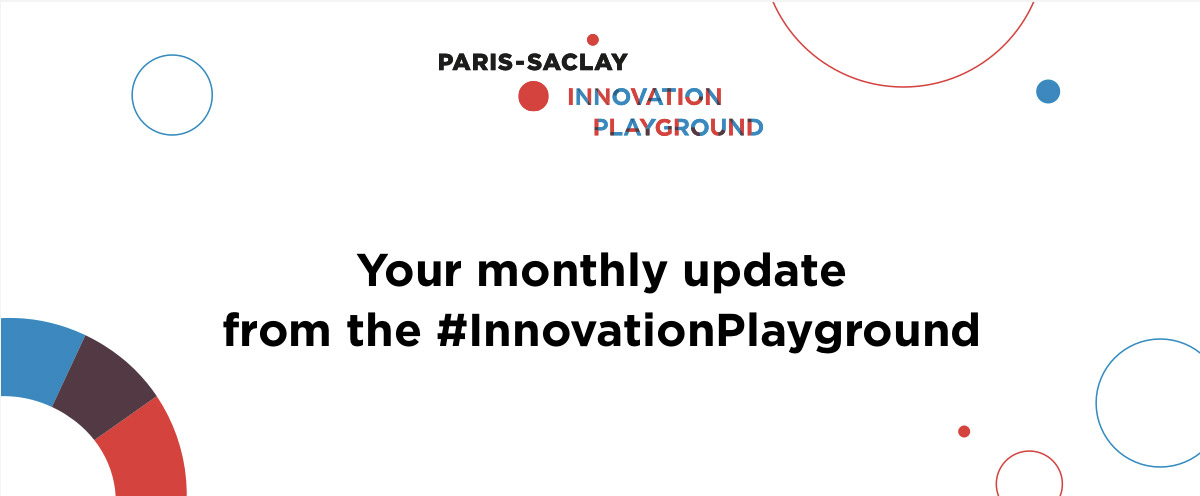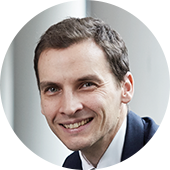Sustainable cities: two innovative projects at Paris-Saclay
CentraleSupélec and IRT SystemX announced the creation of the CircularIT Alliance, a five-year collaboration to use digital technology for the environment and sustainable development. By enabling industrial companies and local authorities to share upstream, industrial and experimental research, Alliance CircularIT will empower innovative projects in mobility, industry, defense and other fields. In addition, the Decarbonized City project involves a digital twin of Paris-Saclay that compiles all data on the territory, its 27 communes, buildings, energy production sources and more. The goal is to allow elected officials to run simulations that measure the energy impact, performance and costs of future projects.
Biodegradable plastics that dissolve in water
According to a new study published in Nature Communications, a research team from CNRS and Université Paris-Saclay has developed new plastic polymers that degrade in water in record time: one week. Using a special polymerization technique, the team led by Julien Nicolas, a CNRS researcher from Institut Galien Paris-Saclay (CNRS/Paris-Saclay University), has synthesized a polymer material that is exceptionally biodegradable: in water, it can degrade by more than 70% within a week, compared to several months or even years for current biodegradable polymers such as PLA or PCL.
A new chair for the physics of high-voltage overhead lines
Created by Réseau de transport d’électricité (RTE), the École normale supérieure Paris-Saclay and the Centre national de la recherche scientifique (CNRS), the new “Physics of Overhead Lines, Modeling, Experiments and Simulations” (PhLAMES) Chair aims to advance research, innovation and training in the physics of high-voltage and extra-high-voltage overhead lines. The chair will focus on two major challenges: the ageing of the French public high-voltage electricity transmission network and the impact of climate change on overhead lines.
CEA and GRTgaz create a joint lab
The French Atomic Energy Commission (CEA) and GRTgaz have renewed their collaboration by creating a joint laboratory intended to prepare the energy landscape of tomorrow. Building on their collaboration on the Jupiter 1000 renewable hydrogen and e-methane production demonstrator, the new joint lab will focus on renewable and low-carbon gas production methods, the evaluation of these production technologies, analysis of the effects of hydrogen on the materials used in gas transport pipelines, as well as the interaction and complementarity of energy networks (gas, electricity, heat, etc.).

